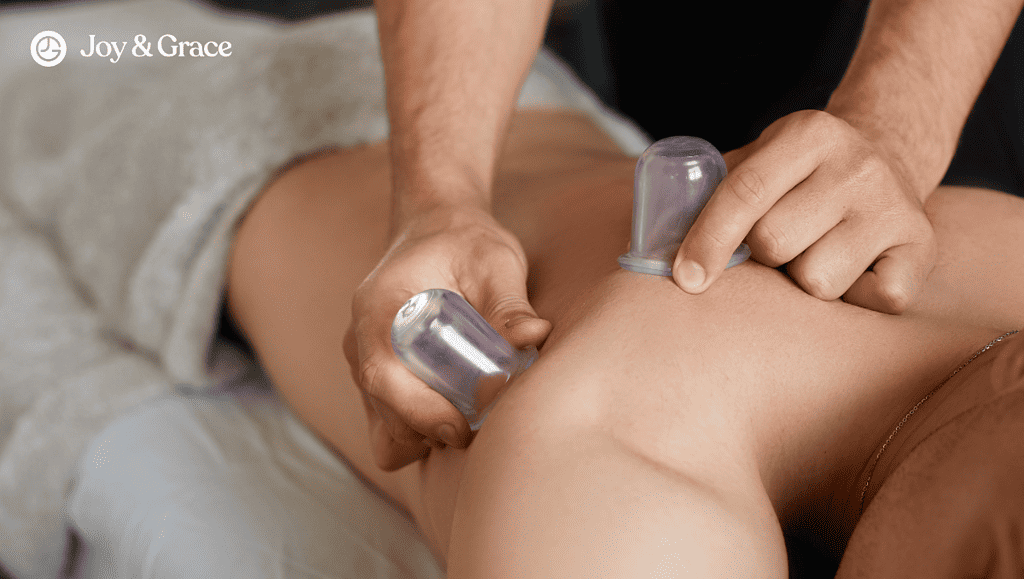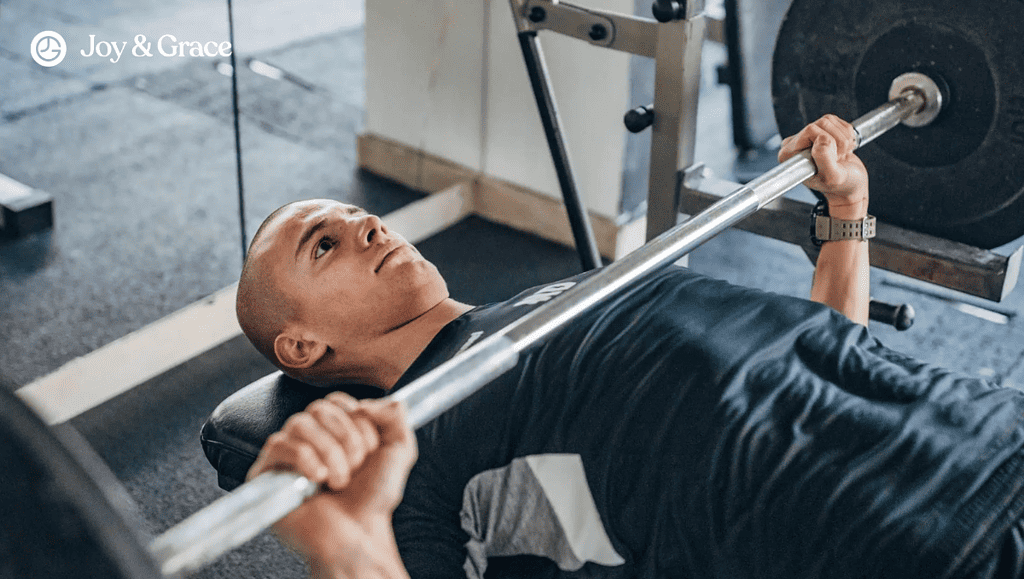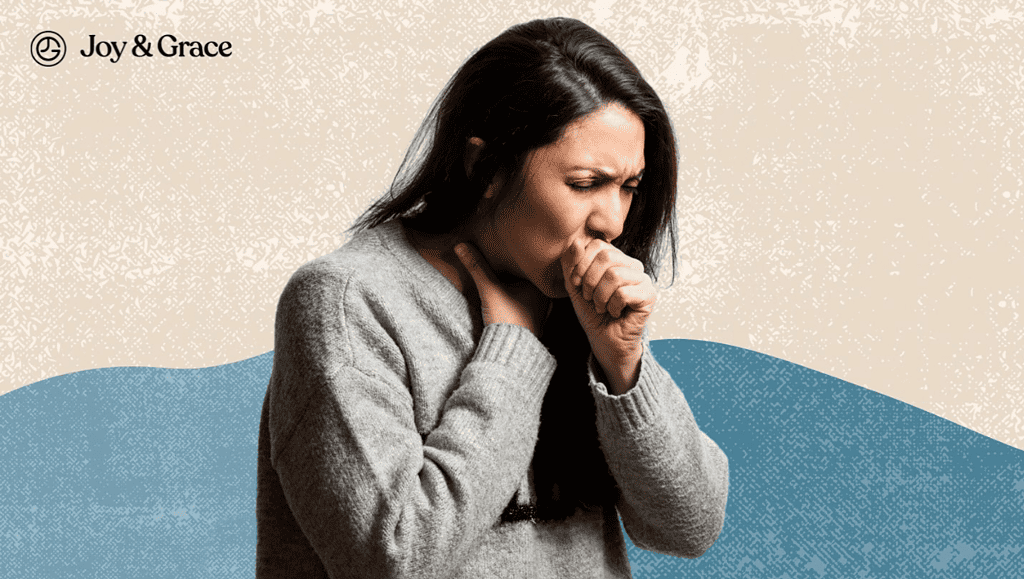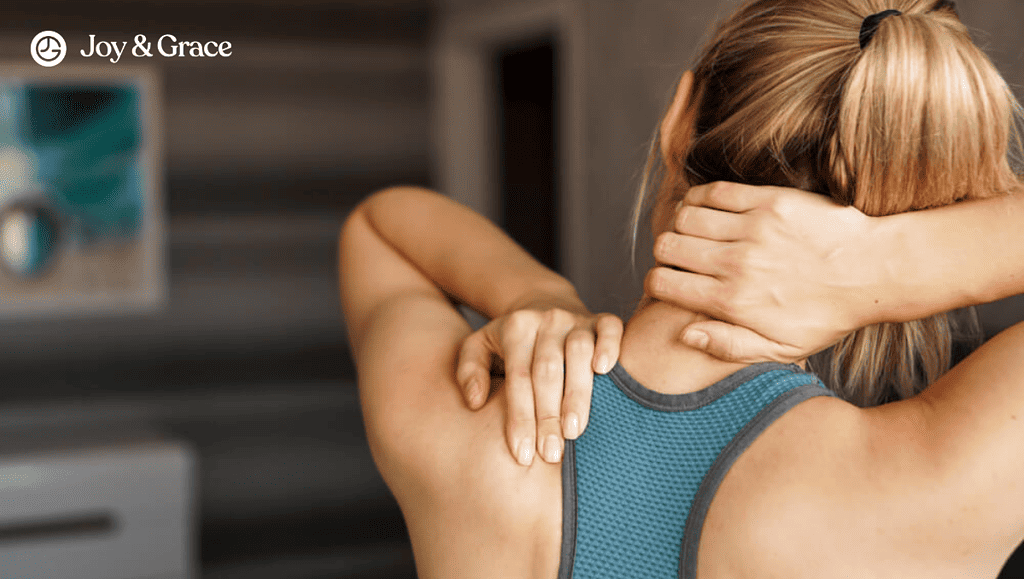Shoulder pain can be debilitating and affects a significant portion of the global population.
It is commonly caused by frozen shoulder, arthritis, or injuries to the tendons and ligaments supporting the shoulder joint. Symptoms include limited range of motion and difficulty lifting heavy objects.
Cupping therapy is an old method that involves putting cups on the skin to create suction. It is thought to improve blood flow, ease tension, and reduce swelling in the treated area.
Even though there isn't much scientific research on how well it works, many people recommend cupping as a natural and non-invasive way to treat neck and shoulder pain. Even professional athletes like Michael Phelps have utilized cupping in their recovery routine.
Before getting treatment for shoulder pain, knowing what causes it and its symptoms is important. This will make sure that the right care is given.
How Does Cupping Therapy Work?

In recent years, cupping therapy has become more common to relieve pain and speed up healing. It is a technique that involves placing cups on the skin and creating a vacuum effect to draw blood to the surface. But how exactly does cupping therapy work?
Cupping treatment works by making a vacuum that pulls the skin and tissue underneath it into the cup. It can be done using different cups, either left in place or moved for a massaging effect.
The vacuum effect of the cupping treatment pulls the skin and tissue underneath it up into the cup, making it feel like it’s sucking on the skin. This sucking action helps bring more blood to the area, which can help it heal and reduce swelling.
Additionally, the increased blood flow is also thought to ease muscle tension. This can then make you more flexible and increase your range of motion.
Finally, cupping treatment stimulates the nervous system by releasing endorphins. Endorphins are natural pain-relieving chemicals in the body.
Still, even though cupping therapy is often used to relieve pain and help the body heal, more study is needed to understand its benefits. Further down in the article, we discuss what research has found out about how cupping therapy can help with pain and healing. But, we always recommend consulting your healthcare provider before starting new treatments.
Can Cupping Help With Shoulder Pain?
Yes, cupping therapy is often used to help with various types of musculoskeletal pain, including shoulder pain.
The suction effect of the cups improves blood circulation, reduces inflammation, and releases tension in the muscles and connective tissue. All these effects together may help relieve shoulder pain and discomfort.
However, the effectiveness of cupping therapy for shoulder pain can vary from person to person. Some people may find that their shoulder pain gets a lot better, while others may not notice any change. Also, there isn’t much information on how well cupping therapy works for shoulder pain, so more research is needed. That said, let’s review what the current evidence suggests.
Is There Any Evidence That Cupping Works to Relieve Neck and Shoulder Pain?

The short answer is: Yes. The longer answer is: While evidence is available, it needs to be expanded in scope.
Let’s see the two main studies:
- A study in Evidence-Based Complementary and Alternative Medicine found that cupping therapy was better for relieving neck and shoulder pain than participants who received no intervention. The participants receiving cupping therapy had a significant reduction in pain intensity and increased cervical mobility.
- Another study published in the Journal of Athletic Training found that cupping therapy was effective in reducing chronic neck pain.
The mechanism behind cupping therapy’s pain-relieving effects is not fully understood. According to traditional medicine, the suction created by the cups aids in the flow of blood and Qi (energy) to the body part in need of healing. This breaks up any blockages and speeds up the healing process.
However, modern science thinks otherwise. As previously discussed, most experts think cupping therapy works by increasing blood flow and releasing endorphins.
To sum up, there is some proof that cupping therapy may be a good way to treat pain in the neck and shoulders. Yet, more research is still needed to fully understand its mechanisms and efficacy.
How To Perform Cupping? Where Should the Cup Be Placed for Shoulder Pain?
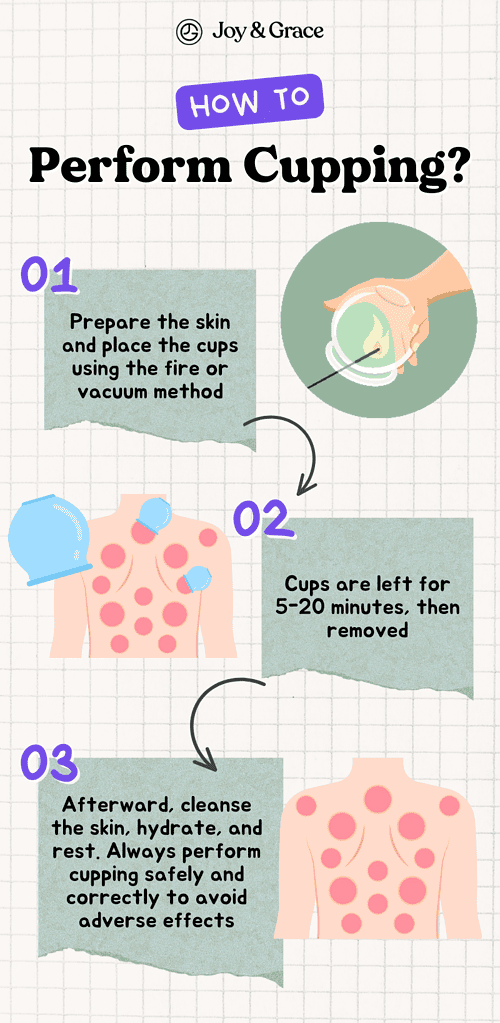
Cupping is a healing technique involving cups placed on the skin to create suction. To perform:
- Prepare the skin and place the cups using the fire or vacuum method.
- Cups are left for 5–20 minutes, then removed.
- Afterward, cleanse the skin, hydrate, and rest. Always perform cupping safely and correctly to avoid adverse effects.
Another question is where to place the cup when dealing with shoulder pain.
For those unfamiliar with this concept, the cup is often used in massage therapy to help relieve muscle tension and promote relaxation. It’s a small, cone-shaped object made of plastic or silicone placed directly on the skin. The therapist then uses a special technique to apply pressure to the cup, which creates a suction effect. This can help to increase blood flow to the area, reduce inflammation, and ease pain.
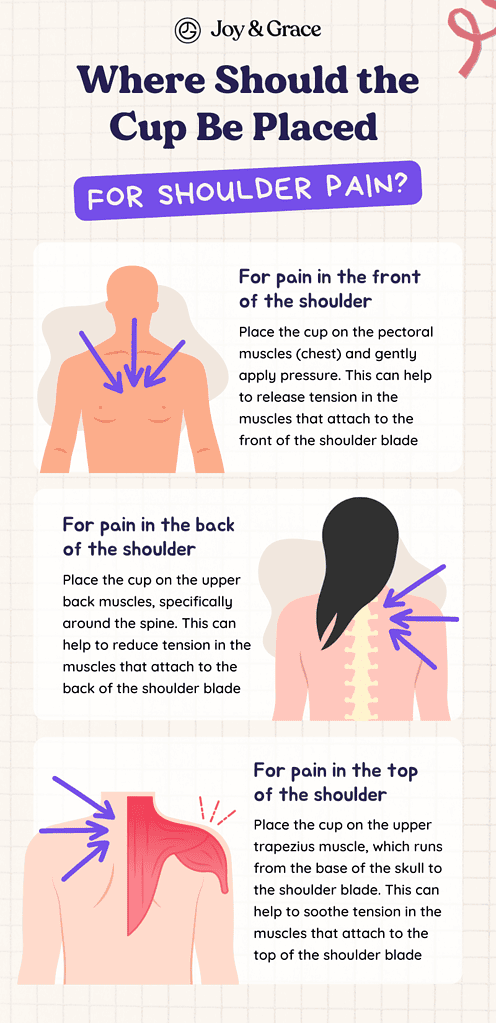
But where should the cup be placed for shoulder pain? How you answer this question depends on what kind of shoulder pain you have. Here are a few general guidelines to keep in mind:
- For pain in the front of the shoulder: Place the cup on the pectoral muscles (chest) and gently apply pressure. This can help to release tension in the muscles that attach to the front of the shoulder blade.
- For pain in the back of the shoulder: Place the cup on the upper back muscles, specifically around the spine. This can help to reduce tension in the muscles that attach to the back of the shoulder blade.
- For pain in the top of the shoulder: Place the cup on the upper trapezius muscle, which runs from the base of the skull to the shoulder blade. This can help to soothe tension in the muscles that attach to the top of the shoulder blade.
When you have shoulder pain, placing the cup in the right place can improve the cupping treatment to relieve tension and pain. You can get the most out of your cup therapy by focusing on particular muscles based on where the pain is. As always, be sure to consult with an expert before starting any new treatment plan.
How Often Should You Perform Cupping Therapy for Shoulder Pain?
Usually, cupping treatment for shoulder pain is safe, but it can cause bruises or pain. Experts usually recommend sessions twice a week for a few weeks, but this can be changed based on each person's wants and responses. Acute pain might require more frequent sessions initially, while chronic pain could benefit from more spread-out sessions. Consult a trained practitioner to determine the best regimen for you.
What to Expect After Cupping?
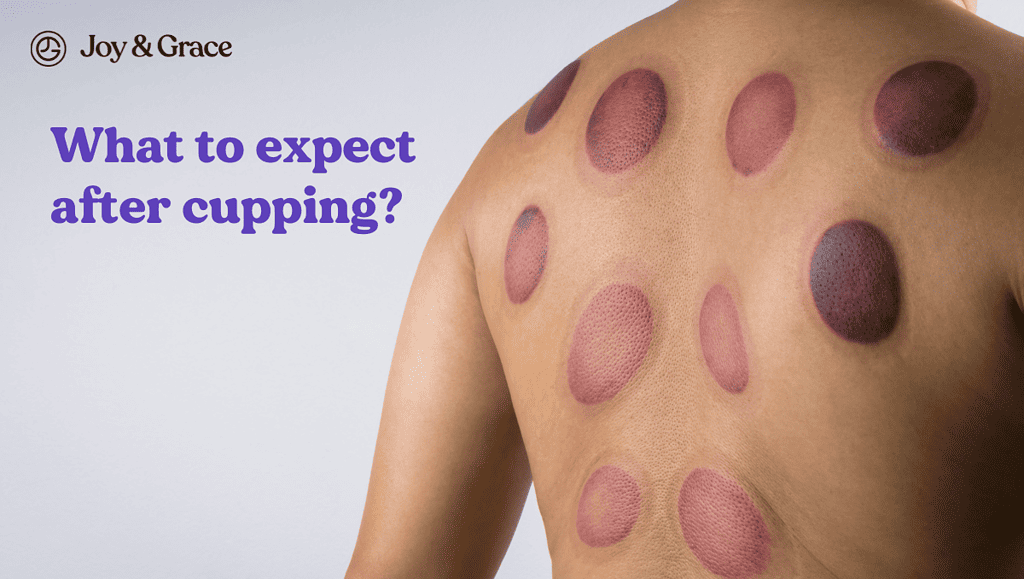
If you’ve never had cupping done before, it’s natural to wonder what to expect after the session is over. Here are a few things you might experience:
- Skin redness or marks: Cupping therapy can leave round marks on the skin that are pink to dark purple. They typically fade within a few days or a week.
- Soreness: You may feel some soreness or tenderness in the area where the cups are placed. This can feel like the soreness that comes from a deep tissue massage. This discomfort is temporary and should subside within a day or two.
- Improved circulation: Cupping therapy can improve circulation and promote lymphatic drainage, which can have various health benefits. After the session, you may feel more energized, relaxed, and mentally clear.
- Deeper sleep: Cupping therapy can also promote relaxation and improve sleep quality. Additionally, many people report feeling calmer, more rested, and refreshed after a cupping session.
- Follow-up care: Your practitioner may recommend additional self-care practices, such as stretching or applying heat or ice to the cupped areas, to help promote healing and reduce discomfort.
Keep in mind that everyone’s experience with cupping therapy is different. It is important to talk to your practitioner about any worries or questions. Cupping treatment can be a safe and effective way to improve overall health and wellness if done with care and attention.
Why Is Cupping So Painful?
Cupping therapy can cause pain due to the strong suction pulling on the skin and underlying tissues. This may rupture the underlying blood vessels and cause discoloration. In some people, it can also worsen existing muscle tension, causing discomfort during the process. Pain varies among individuals. Some find it soothing, while others find it uncomfortable.
Despite the possible pain and bruising, many believe the health benefits of cupping outweigh the temporary pain. As always, communication with your practitioner and listening to your body are important.
Risks and Side Effects of Cupping Therapy: What You Should Know
Cupping therapy also comes with risks and side effects that should be in your mind.
Skin irritation, burns, and bruises are cupping therapy's most common side effects. The suction of the cups can cause increased blood flow, leading to mild to moderate bruising.
The suction can sometimes lead to skin irritation or even first-degree burns. Cupping can also cause muscle pain, especially if the doctor puts too much pressure on the skin.
In addition to these potential risks, limited evidence supports the benefits of cupping as a legitimate therapy. For instance, a study published in the Journal of Acupuncture and Meridian Studies shows that cupping therapy is not advised in cancer patients due to a lack of research-based benefits.
As we’ve been repeating throughout the article, if you are considering cupping treatment, you should talk to your doctor about the pros and cons. Also, it is important to find a licensed, trained practitioner with cupping treatment experience.
Takeaway
Cupping therapy may reduce pain and promote healing for some individuals, but it is not a one-size-fits-all solution. There are several factors to consider before incorporating cupping therapy into your routine.
Seeking advice from a licensed healthcare source is one of the most important things you can do. They can help you decide if cupping therapy is right for your shoulder pain and develop a full treatment plan.
Ultimately, cupping therapy may be a good way to treat shoulder pain. However, it shouldn’t be the only thing you try (in fact, we’d recommend it being toward the bottom of the to-do list regarding shoulder pain). It may help ease pain and speed up healing when used with other treatments and under the supervision of a licensed healthcare provider.
As with any alternative therapy, it’s important to consider safety and get professional advice before adding it to your wellness practice.
